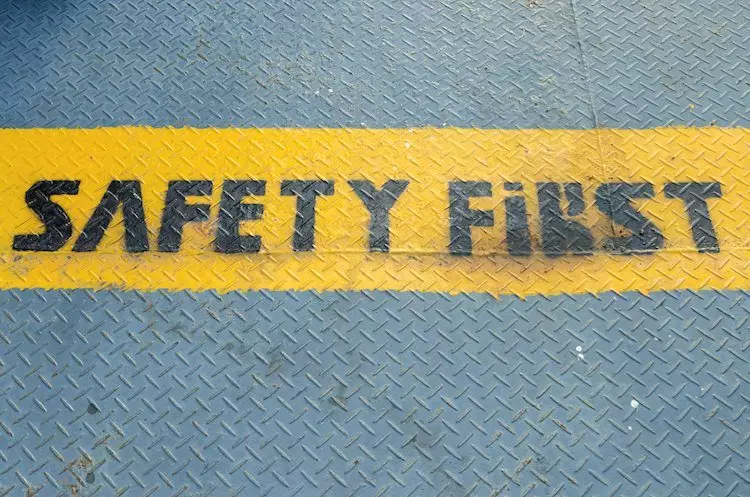Recent reports of Israeli missiles striking a site in Iran have heightened tensions in the Middle East, leading to a wave of risk-aversion across global financial markets. The uncertainty surrounding the situation has caused investors to flock to safe-haven assets, such as Gold, pushing prices towards record highs. The S&P 500 futures have taken a hit, sliding by 1.25% in response to the escalating geopolitical tensions. Additionally, the US Dollar Index has surged to intraday highs near 106.30, reflecting a flight to safety among investors.
In times of heightened geopolitical tensions, investors often shift their risk appetite between “risk-on” and “risk-off” markets. During a “risk-on” market, investors are more optimistic about the future and are willing to take on more risk by investing in assets with higher potential returns. On the other hand, in a “risk-off” market, investors become more cautious and tend to gravitate towards safer assets with more predictable returns.
During periods of “risk-on”, stock markets tend to rise as investors bet on positive economic growth prospects. Most commodities, excluding Gold, also see an increase in value as demand rises. Currencies of major commodity-exporting nations, such as the Australian Dollar, Canadian Dollar, and New Zealand Dollar, strengthen due to higher demand for their exports. Similarly, cryptocurrencies tend to perform well in “risk-on” environments.
On the contrary, in “risk-off” markets, investors seek refuge in safe-haven assets such as Gold and major government bonds. Currencies like the Japanese Yen, Swiss Franc, and US Dollar typically strengthen as investors move away from riskier assets. The US Dollar, being the world’s reserve currency, sees increased demand during times of crisis due to its perceived safety. The Japanese Yen benefits from domestic investors holding onto Japanese government bonds, while the Swiss Franc is favored for its strict banking laws that protect investor capital.
The current escalation of geopolitical tensions in the Middle East has undoubtedly impacted financial markets, leading to a shift towards risk-aversion among investors. Understanding the dynamics of “risk-on” and “risk-off” markets is crucial for navigating volatile market conditions and making informed investment decisions. As geopolitical uncertainties continue to unfold, it is essential for investors to stay vigilant and adapt their strategies to mitigate risks and capitalize on opportunities in the ever-changing financial landscape.


Leave a Reply